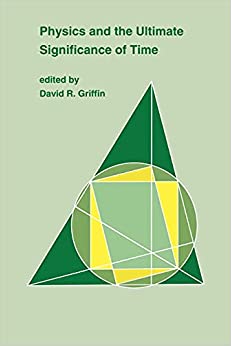Question
Openthe Phetsimulation Charges and Field from this link: ( https://phet.colorado.edu/en/simulation/charges-and-fields ) . In this simulation, a little different model is used: the little yellow E
Openthe PhetsimulationCharges and Fieldfrom this link: (https://phet.colorado.edu/en/simulation/charges-and-fields).
In this simulation, a little different model is used: the little yellow "E field sensors" are like the hockey puck but they are on a high friction surface, so they stay in place allowing for measurements. Collect data by turning onShow Numbers&Tape Measure.
1. Determinethe relationship between distance and the strength of the electric field around a charged body. Use Excel to document your data, graph and determine the equation for the relationship.
2. Determinethe relationship between amount of charge and the strength of the electric field around a charged body. Use Excel to document your data,graph, and determine the equation for the relationship.
3. Explain how you can predict the motion of a charged hockey puck that is moved by other charged pucks. Explain using examples and drawings that include:
a. How to use free body diagrams and vector addition.
b. How negative and positive charges compare and contrast.
4. Explorethe relationship between energy and fields.
- An object is placed in a field and released. Explore with either simulation, your own drawing of field lines, or your every-day experience with masses in gravitational fields.
a. What energy changes are observable or measurable?
b. What does the conservation of energy principle imply about these energy changes?
- Imagine that the field strength is doubled, for example by doubling the source charge or the mass of a planet. How does doubling the field strength affect the kinetic energy gained by an object placed in the field?
- use a field with two sources at some distance apart.Use charges with the same sign (for example, both positive).
a. What happens to the field as you move the two source objects closer together?
b. Did moving the sources closer together do (+), (-), or 0 work on the system?
c. Did the energy of the system change as you did work? If so, how?
d. If the energy of the system changed, is this change mainly a change in potential or kinetic energy or both? Consider only the starting and ending positions.
Step by Step Solution
There are 3 Steps involved in it
Step: 1

Get Instant Access to Expert-Tailored Solutions
See step-by-step solutions with expert insights and AI powered tools for academic success
Step: 2

Step: 3

Ace Your Homework with AI
Get the answers you need in no time with our AI-driven, step-by-step assistance
Get Started


